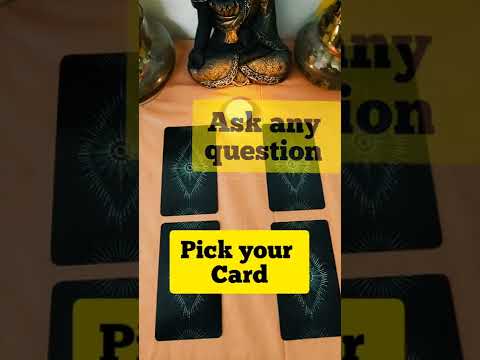### Yes Or No Tarot Card Reading: Exploring Quick Answers Through Ancient Wisdom
In a world where decision-making can be overwhelming, many are turning towards mystical and spiritual means to find guidance. Among these methods, the Tarot stands out not just for its complexity and depth but also for its accessibility. The «Yes or No Tarot Card Reading» is a popular variant that simplifies the rich symbolism of Tarot cards to straightforward, binary answers. But how does it work, and can it really help guide us in our everyday decision-making?
#### What is Yes or No Tarot Card Reading?
Yes or No Tarot reading is a streamlined approach to traditional Tarot, focusing solely on delivering answers that are either ‘yes’ or ‘no.’ Unlike more detailed readings that involve multiple cards and intricate interpretations, this method usually involves drawing a single card from a shuffled deck to address a specific question posed by the seeker.
This form of reading is especially appealing for those new to tarot or those seeking quick guidance on pressing questions where elaborate details are unnecessary. Common inquiries include decisions about job offers, relationship dilemmas, financial investments, or any other yes-no questions.
#### How Does It Work?
To perform a Yes or No Tarot reading:
1. **Frame your question**: Make sure your question is clear and formulated in such a way that it can be answered with a simple yes or no.
2. **Shuffle the deck**: While focusing on your question, shuffle the tarot deck thoroughly.
3. **Draw a card**: Pull one card from the deck as your answer.
4. **Interpret the card**: Based on traditional understandings and specific orientations of the card (upright or reversed), determine if it signifies yes or no.
Each card in the tarot deck carries specific meanings which are influenced by their inherent symbolism, elements (earth, water, air, fire), and whether they appear upright or reversed. For example:
– Upright cards typically suggest positivity: affirmative actions and outcomes.
– Reversed cards might suggest negativity: no responses or challenges ahead.
#### Interpretation Guide
Here’s a brief guide on how some of these interpretations might look:
– **The Fool (Upright):** Yes – Take risks and embrace new beginnings.
– **The Lovers (Reversed):** No – There may be troubles in relationships or poor decision-making.
It’s important to note that interpretations can vary widely between different readers and traditions within tarot practices.
#### Benefits of Yes Or No Tarot Reading
1. **Simplicity:** It cuts through complexities offering clear cut responses.
2. **Speed:** It provides quick answers – ideal when you need immediate guidance.
3. **Emotional clarity:** Helps you understand your own desires better by forcing you to frame precise questions.
#### Limitations
While Yes or No Tarot readings can provide quick insights, their simplicity also serves as their limitation:
– They lack depth required for understanding nuanced problems.
– They provide little context about underlying issues driving a situation.
– They could lead to dependency if used excessively without engaging critical thinking.
#### Is It Reliable?
Like all forms of divination, reliability is subjective and largely depends upon one’s belief in the practice. Skeptics may dismiss it as mere chance while believers might find profound truths within these readings.
For best results:
– Approach with an open mind but retain critical thought.
– Use readings as guidance rather than definitive answers from an infallible source.
– Consider combining simple readings with more detailed approaches when necessary.
In conclusion, Yes or No Tarot readings offer an accessible pathway into the world of tarot for swift spiritual guidance. Whether you’re navigating daily choices or at crossroads needing immediate direction, this method can provide quick insights but should be balanced with deeper reflection for major life decisions. Like all tools within spiritual practices, its effectiveness largely rests upon personal engagement and interpretation skills of both reader and seeker alike.
